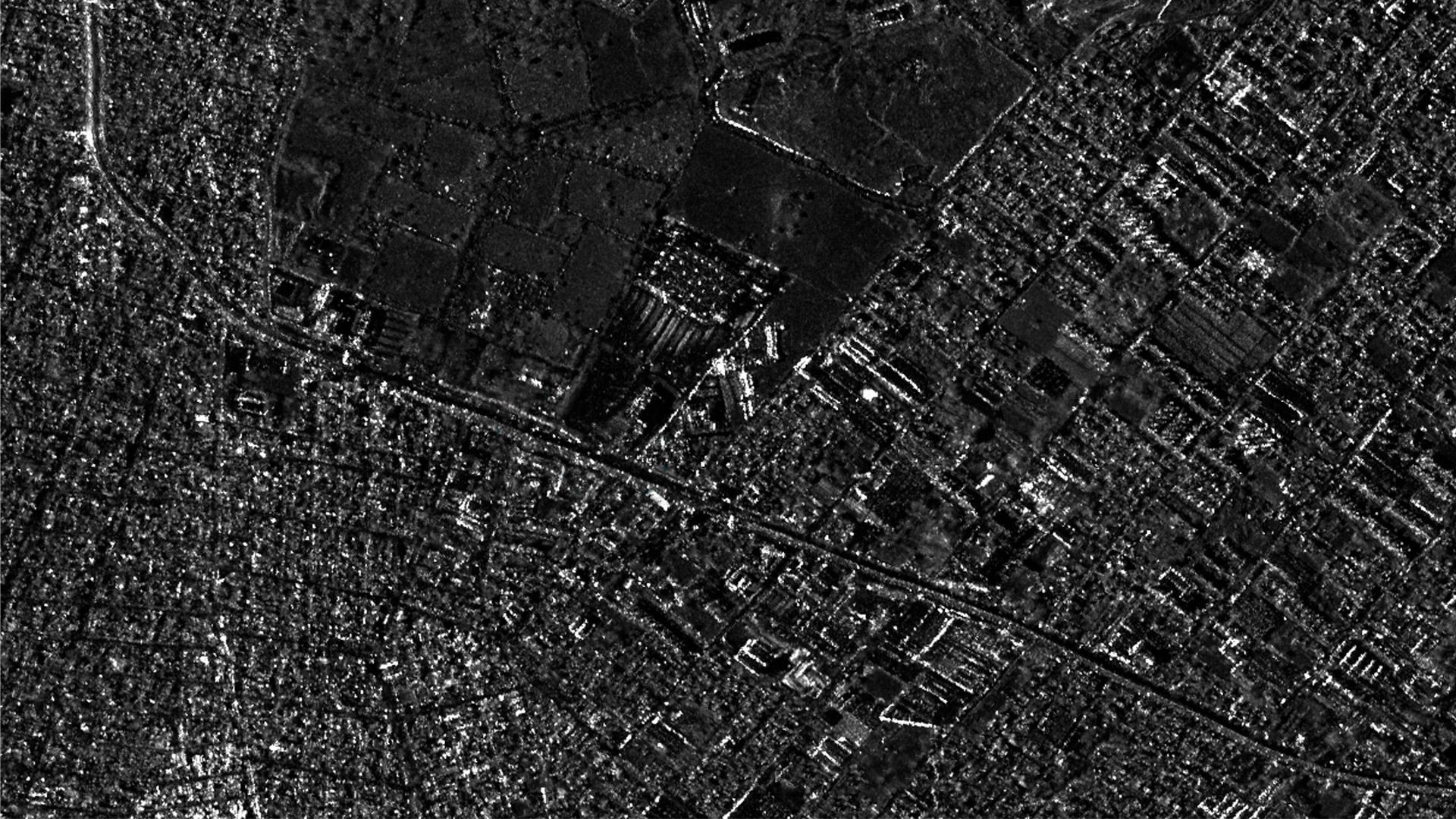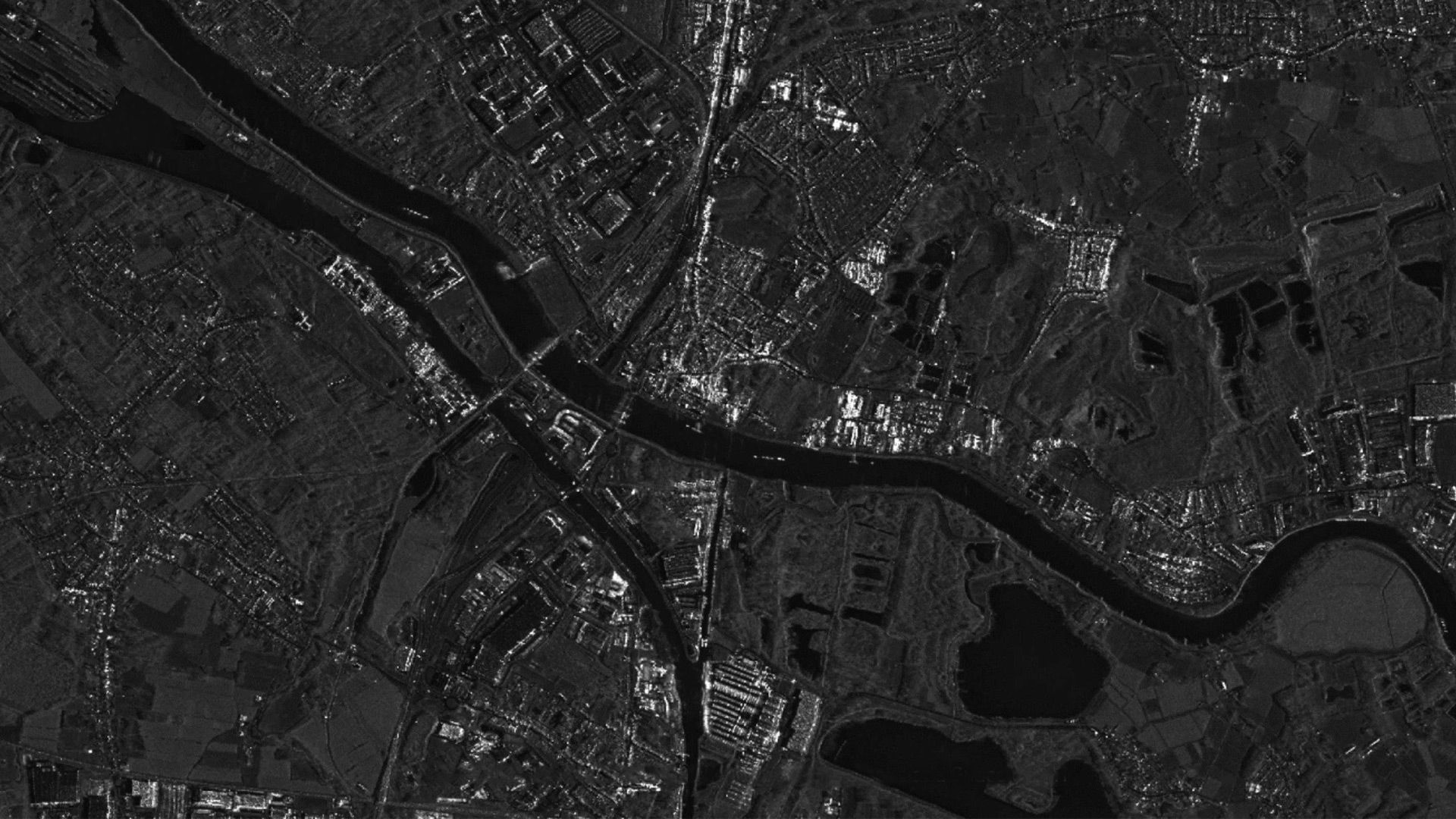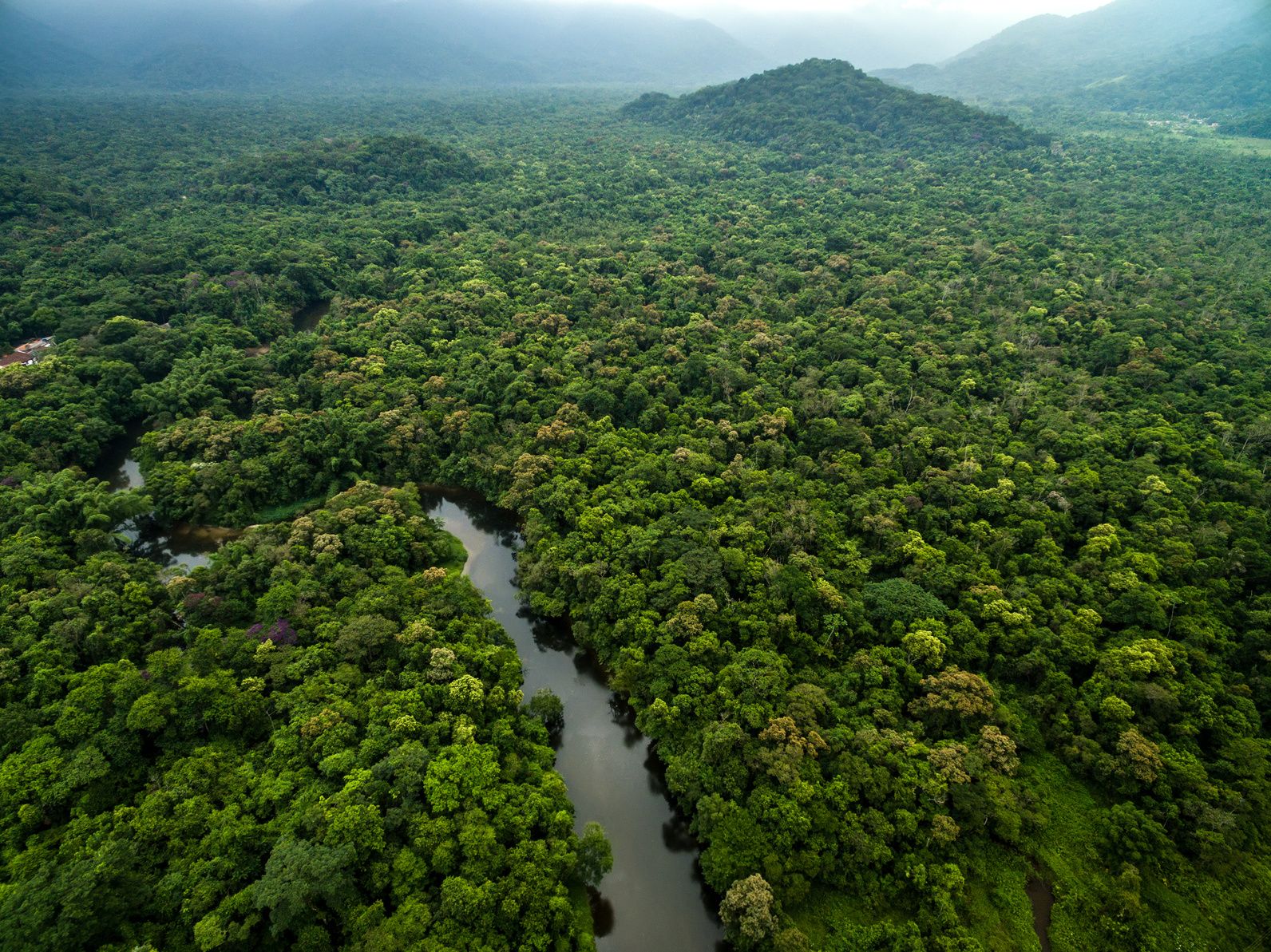
Home
Newsroom
Case Studies
various
Radar Tower Locations in North...
PASSAGES - Or Planning of Radar Tower Locations in the Northwest Passage with WorldDEM
Northwest Passage
The Northwest Passage, the connection between the North Atlantic and Pacific Ocean, is approximately 5,780km long. It runs through the Canadian Arctic Archipelago and is a complex winding maze of channels, bays, and straits that pass through often ice-choked Arctic waters, an area virtually impassable in the past. However in recent years, due to climate change, both commercial and leisure traffic are now able to pass through this region.
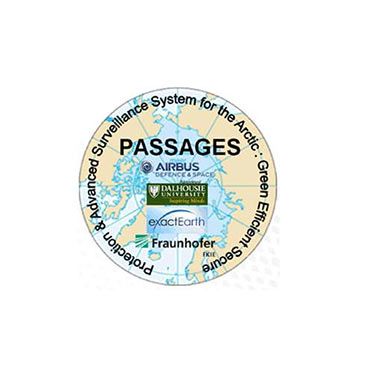
Challenge
The potential benefits of a navigable Northwest Passage are significant, with ship routes from Europe to Eastern Asia reduced by 4,000km and faster access to oil and mineral reserves in the Northern regions of the American continent.
The key to safe and environmentally responsible shipping traffic in the region, would be reliable route planning and guidance through the ice as well as consistent monitoring and risk management. An important component to establish this could be the installation of a coastal surveillance radar system that can detect, identify and track all ground and sea-moving targets, in all-weather conditions at strategically important chokepoints.
The applied German-Canadian research project, PASSAGES, with partners from Dalhousie University in Halifax, Canada, and the Fraunhofer Institute for Communication, Information Processing and Ergonomics, FKIE, in Germany and led by Airbus Defence and Space, investigated the operational needs and the architectural options to establish such a monitoring and risk assessment system. Reliable and accurate data covering the areas of interest was required to identify the best locations for the surveillance radar towers, to ensure complete coverage of every point of interest in these regions.

Our Solution
To conduct a proof of concept, the project team chose Airbus Defence and Space to deliver WorldDEMTM Digital Elevation data for selected real-life scenarios covering an area of over 54,000km². WorldDEM data was used to investigate the terrain characteristics along the selected coastal regions of the Northwest Passage. By identifying the highest terrain points, the investigators were able to evaluate the best locations for the radar towers that ensure optimal coverage for a given type of radar.
Thanks to the high resolution (12m x 12m grid spacing) and the unique level of detail of the WorldDEM dataset, the data was ideally suited to model the potential locations and spacings of a network of radar towers and the resulting coverage of the monitored area. This was the more important aspect as the terrain of the selected regions is extremely rugged, consisting of deep fjords and canyons as well as mountains and numerous small islands and rocks along the shorelines.
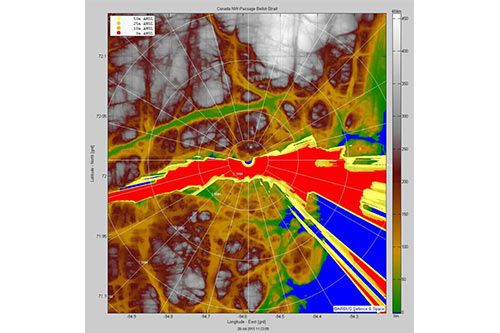
WorldDEM data was used for creating the operational concept and the system architecture for persistent monitoring of the main shipping routes of the Northwest Passage.
Caption: Coverage Analysis for Rotating Coastal Radar (2D) in Narrow Channel of Northwest Passage
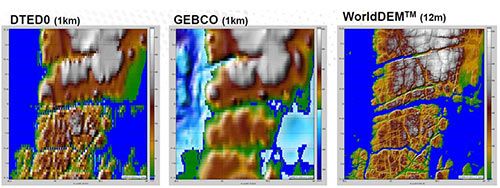
Benefits
- The unique quality and accuracy of the WorldDEM data provided dependable modelling of the coastal region of the Northwest Passage.
- WorldDEM is available for the entire landmass of the Earth from pole-to-pole thus supporting projects even in the most remote and inaccessible areas of the world.
- WorldDEM can provide reliable terrain data for any area on the globe without the need for on-site surveying, thus reducing risk, cost and effort for project realisation.
Organisations involved
Want to know more?
Our sales team will be happy to provide you more information about this case study and how it can meet your business needs.



